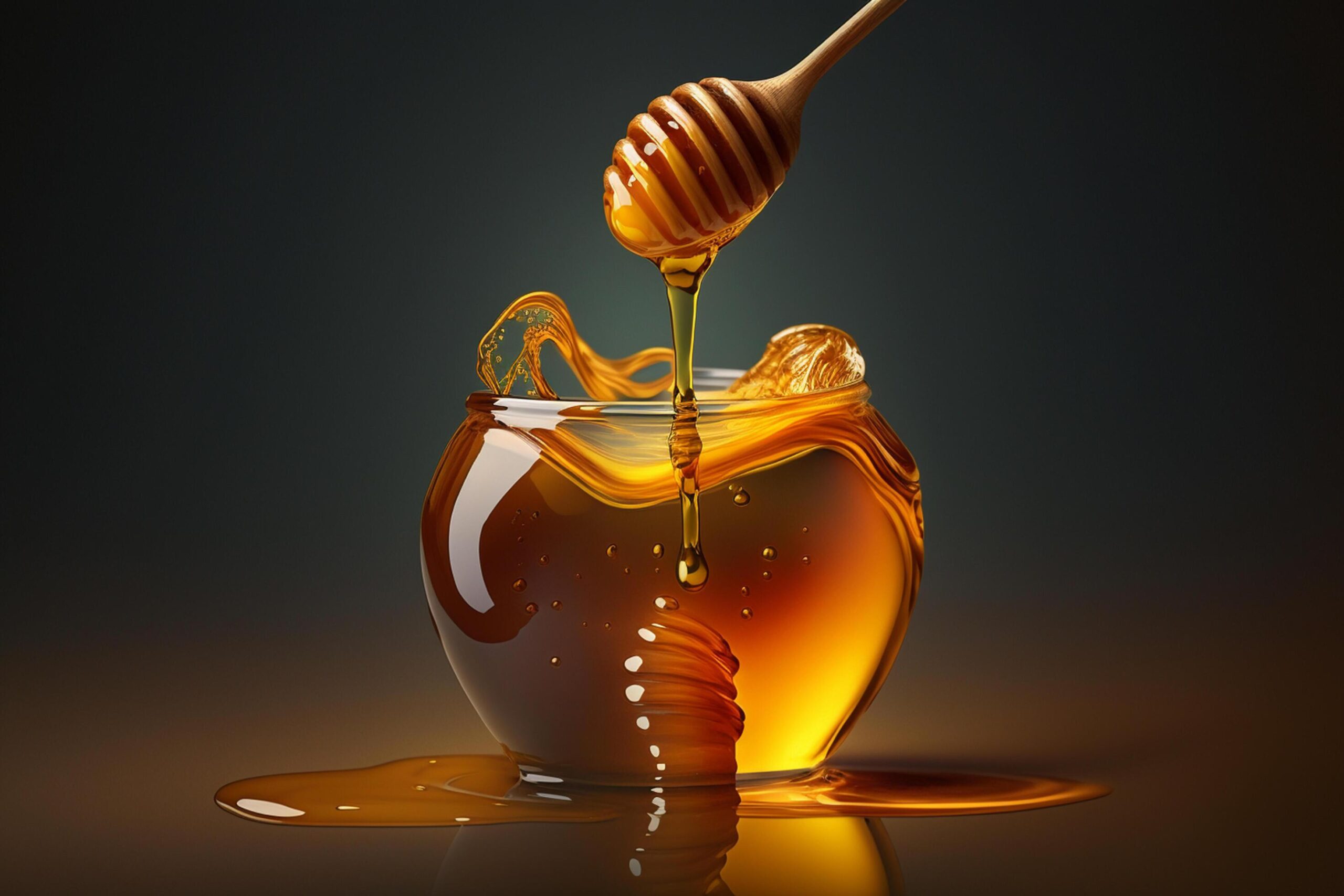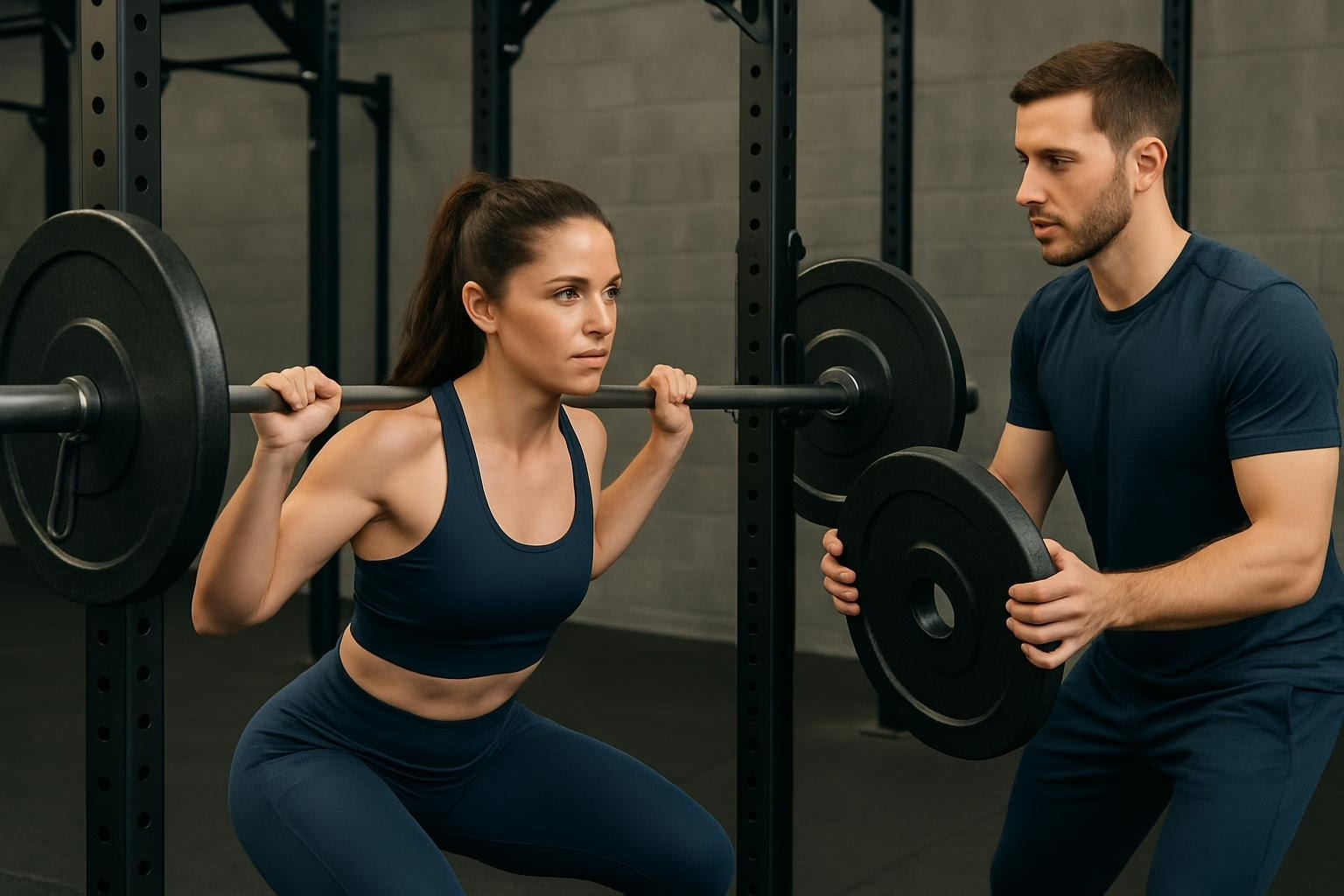
Collagen Peptide Rich Foods For Healthy Looking Skin
Collagen peptides are beneficial for radiant, natural and healthy-looking skin, with collagen peptide rich foods offering a highly absorbable way to obtain them. If you are looking to visibly improve your skin appearance then consuming more foods rich in collagen peptides might be something for you.
Collagen peptides form a major part of many skin cosmetic products for their known ability to significantly improve skin beauty and appearance from within. Let’s start by looking at what collagen is first to get a deeper understanding of what collagen does.
What Are Collagen Peptides & Collagen?
Collagen is a complex of proteins, or peptides, that is highly conserved in animals. It is made in the body and forms a part of connective tissues holding it together including tendons, ligaments, bone, muscle tissue and skin.
Collagen is a vital component of the skin and collagen levels are directly related to features of skin health. This is why eating collagen rich foods, high in collagen peptides, is important for skin features such as elasticity and radiance. Collagen complexes form around 30% of the body’s total protein composition. This also further emphasises the importance of consuming collagen peptide rich foods.
There are different types of collagen complexes in the body, made slightly differently for different tissues, but are all made of collagen protein helix chains. Collagen complexes have some specific amino acids in their structure.
The key amino acids found in collagen complexes include glycine, proline and hydroxyproline. They are also the key markers for collagen intake levels in the blood. These amino acids form most of the collagen peptides in the body. Collagen peptide complexes are known for their strength, un-reactivity and stability.
They make collagen resistant to external breakdown and this is why collagen is an essential part of the skin. Your skin is a barrier to all sorts of external chemical and physical stressors. As we age, our skin collagen levels decrease. This makes skin appear less youthful and tense. A lot of this is due to exposure from the sun and sun damage.
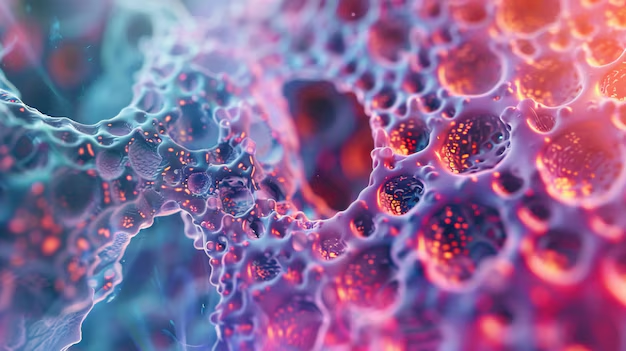
Skin Collagen Production & Absorption
Of the 3 key amino acids found in high amounts in collagen, hydroxyproline is the rate limiting amino acid in the production of collagen. Uptake and absorption of hydroxyproline is vital for collagen synthesis.
Whole collagen peptides can also be absorbed by the body from their relevant food sources. Collagen dipeptides and tripeptides are detected in the blood after collagen is digested. These are usually combinations of the previously mentioned hydroxyproline, proline and glycine amino acids. This saves the body from synthesising certain peptides or amino acid chains that form the collagen complexes in the skin.
The process of collagen and collagen peptide synthesis requires energy inputs and the right balance of vitamins. This includes vitamin C which is essential for collagen synthesis, also playing a role in maintaining vibrant looking skin as an antioxidant.
Health Benefits of Collagen Peptide Rich Foods
Nutrition is an influencing factor on skin health and appearance. Collagen peptides and consuming foods high in collagen peptides form a key part of this. Collagen peptides are used in many cosmetic products to improve skin barrier function, to induce collagen production in the skin, for making the skin look more youthful and elastic.
There are a number of studies showing that supplementation with collagen peptides can increase collagen density in the skin layers and reduce signs of skin aging. These collagen peptides are usually extracted from animal connective tissues.
Collagen is also essential for healthy joints, encouraging healthy and painless movement. Supplementation with collagen is well known to reduce symptoms of arthritic inflammatory diseases. Collagen peptides have also been shown to be a preventative of arthritic inflammatory diseases in high risk groups, including high performance athletes. In addition to this, dietary collagen peptides also provide the body with an amino acid pool to use for sustaining healthy muscles.

Collagen Peptides
Collagen is vital for skin health, youthfulness and elasticity
Glycine, proline & hydroxyproline are key amino acids that form collagen protein complexes
Collagen peptides are made from mixtures of these and can be absorbed by the body
Foods rich in collagen include sardines, shrimps and chicken thigh meat

Collagen Peptide Rich Foods
Now that you understand more about collagen, its precursor amino acids, collagen peptides and some potential benefits, lets discuss foods rich in collagen peptide molecules or amino acids for you to benefit from.
Collagen peptides are not very readily found in many food sources that we eat regularly. Rich collagen peptide food sources are usually animal gelatin, skin and connective tissue. Many of these are not directly edible without processing and this is how many industrial collagen supplements are made.
Some collagen peptide rich foods are more bioavailable than others, with fish skin or scale being highly bioavailable. For vegetarians, we have also listed foods high in key collagen amino acids that assist with collagen biosynthesis.
Sardines
Fish are rich in highly bioavailable collagen peptides. Studies have shown that uptake of collagen peptides, as detected in the blood, is higher in fish than in other animals. Increase your intake of fish, in particular oily fish with scales, to increase collagen peptide levels. One example fish is sardines, especially with bones.
In 100g of sardines with bones, there is 0.87g of proline and 1.18g of glycine, two of the main constituents of skin collagen. Sardine skin contains 80% of its equivalent weight in collagen complex type I. Sardines have a total collagen content of about 19mg per gram of sardines. Sardines can provide a rich source of collagen peptides for the body to digest and absorb.
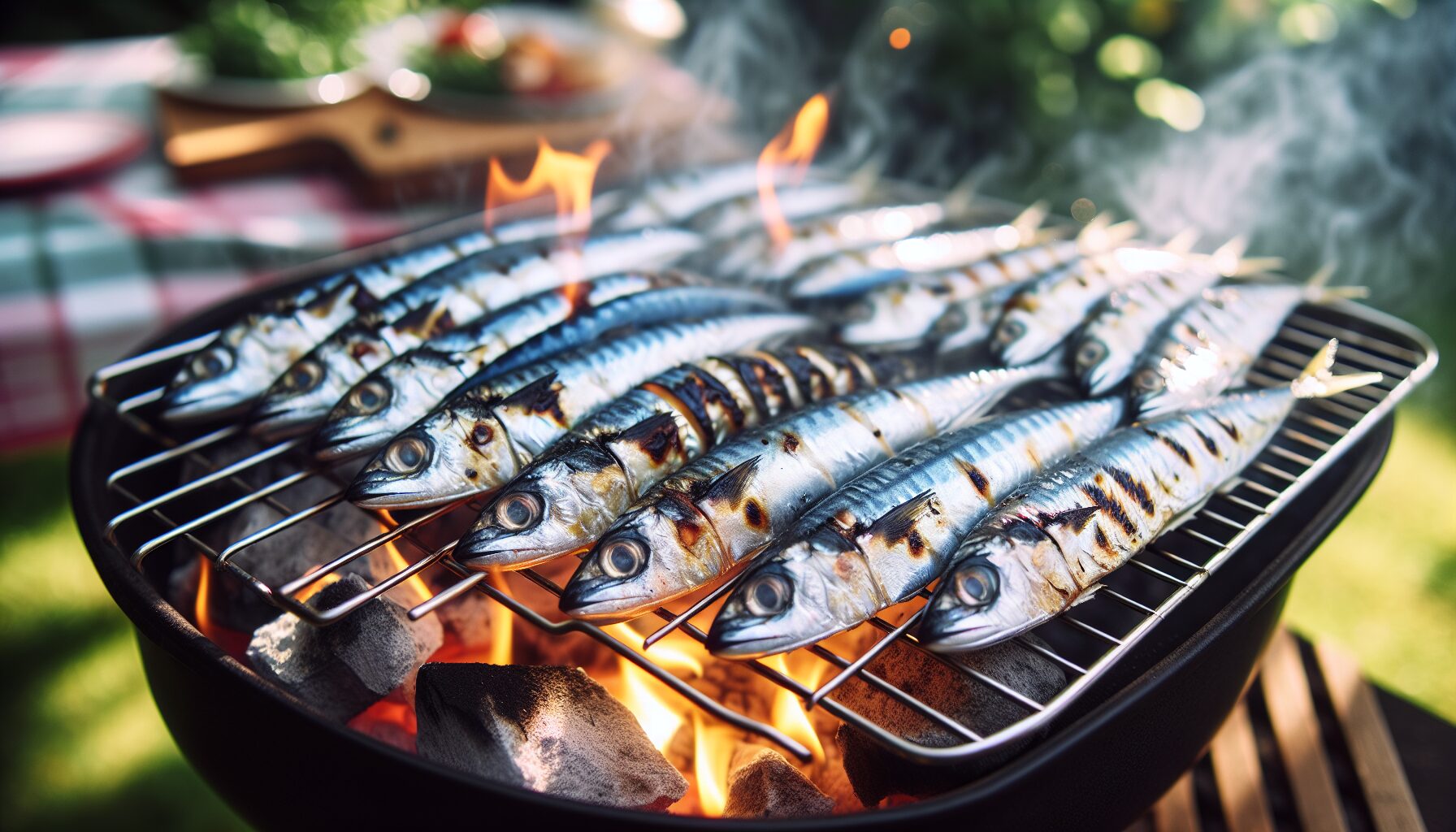
Mackerel
Mackerel is another oily fish and the same applies to mackerel as it does to sardines for collagen bioavailability. This oily fish also contains 80% of its equivalent skin weight in collagen, also being tested as one of the most bioavailable collagen food sources. Atlantic cooked mackerel contains 0.843g of proline and 1.14g of glycine per 100g of mackerel meat. As mentioned, these are two of the main constituents of skin collagen.
Squid
In comparison, squid contains 13.8mg of collagen per gram of squid meat. Squid when cooked correctly can be very tasty and represents one of the foods that could be rich source of collagen peptides in your diet. It could also be a source of key collagen amino acids. Squid contains 0.8g of proline and 1.11g of glycine per 100g of squid meat.
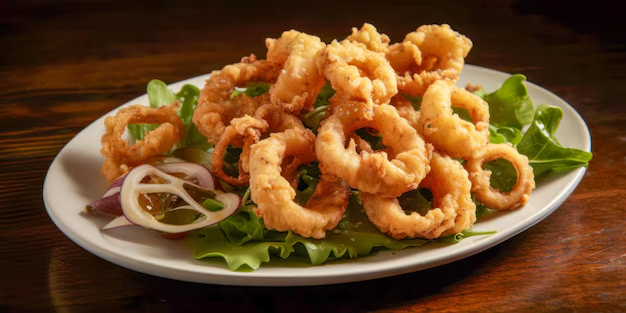
Shrimps
Shrimps are really tasty when you cook them right. There is 11.5mg of collagen per gram of shrimp and this is quite a collagen rich food. From 100g of cooked shrimp, you could intake about 1mg of proline and 1.3g of glycine. This represents another food you can obtain a lot of nutrients from, including amino acids, that are vital for collagen production.

Beef Steak
Braised bottom round beef steak contains 353mg of hydroxyproline per 100 grams of meat. Hydroxyproline is one of the major collagen amino acid markers and is essential for collagen production. It also contains about 2mg of glycine and 1.6mg of proline per 100g of meat. This represents one of the foods among in the top category for rich sources of accessible amino acids needed for collagen production. Broiled sirloin beef steak contains a similar, but slightly lower amount of these amino acids per 100g to braised bottom round beef steak. The total collagen content in beef loin steaks is about 11mg per gram of steak meat.
Chicken
Cooked chicken thighs and drumsticks with the skin on are rich in the specific amino acids that are the main constituents of collagen complexes. There is 1.88g of glycine and 1.11g of proline in 100g of cooked chicken thighs and drumsticks with the skins on. This therefore offers a rich source of amino acids for collagen production. One study showed that on average, chicken thigh meats contained 14mg of total collagen per gram of meat. Chicken drumsticks contain around 20mg of total collagen per gram. Chicken meat with the skins on are therefore of the foods that ranks the highest for rich food sources of bioavailable collagen peptides. The total collagen in chicken thigh meats is therefore 1.4%. Chicken thigh works well cooked in the oven, or gently braised on a BBQ.
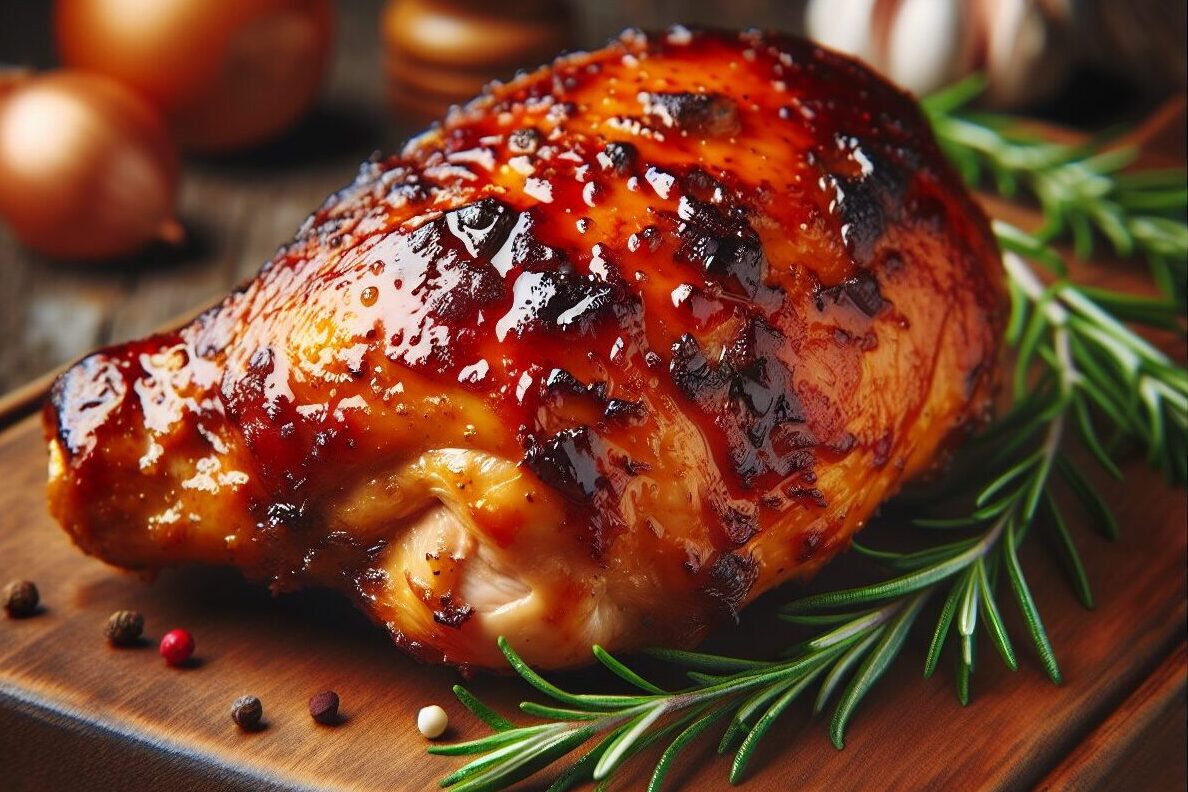
Pistachio Nuts
Animal meats provide the best sources of collagen peptides, mainly because they contain evolutionarily conserved connective tissues. However, there are vegetable sources of collagen complex amino acids that the body can use to make collagen with. Per 100g of pistachio nuts there is 0.980g of proline, 0.096g of hydroxyproline and 1.05g of glycine. Pistachio nuts provide one of the richest sources of constituent amino acids to produce collagen within the body.
Peanut Butter
Peanut butter can also be a source of amino acids to produce collagen in the body. Per 100g of peanut butter there is 0.04g of hydroxyproline, 1.4g of proline and 1.4g of glycine. This is one of the top vegetarian alternative foods, rich in collagen precursors, to obtaining the amino acids needed to make collagen complexes.

Conclusion
As we age levels of collagen in the skin drop, mostly because of skin damage. This leads to a drop in the skin’s youthfulness, beauty and appearance. Various studies emphasise the importance of collagen to maintaining healthy looking skin.
The body absorbs both collagen peptides and amino acids that can help to produce collagen complexes. This produces beauty that comes from within.
Animal food sources can provide both collagen peptides, from connective tissue like the skin, and amino acids for producing skin collagen. Vegetable foods can be rich sources of collagen precursor amino acids, these can help with the production of collagen peptides from foods.
Of all of the foods listed, fish skin has the most bioavailable and absorbable collagen peptides. This seems like the most available and edible source of collagen peptides from food stores too.
Top collagen peptide containing foods include sardines, shrimps, mackerel, squid and chicken meats with skin on. Top vegetable sources of key collagen amino acids include pistachio nuts and peanut butter.
For more interesting articles, navigate to our main articles page.
